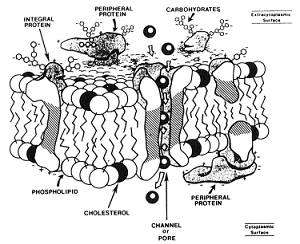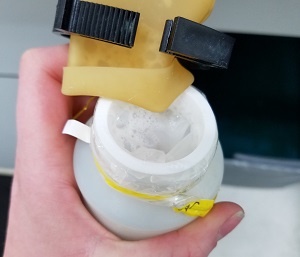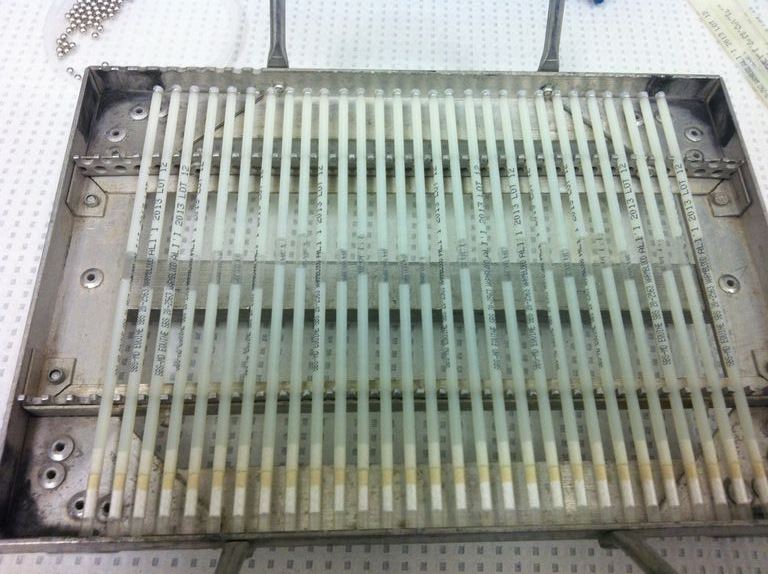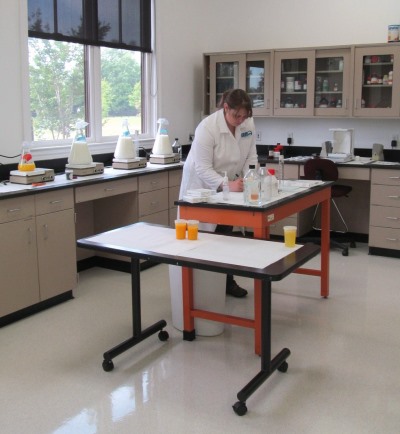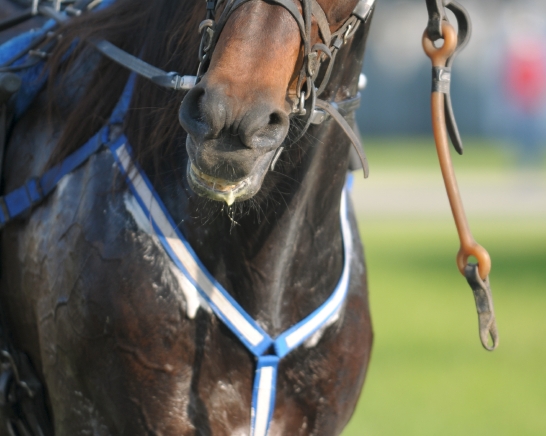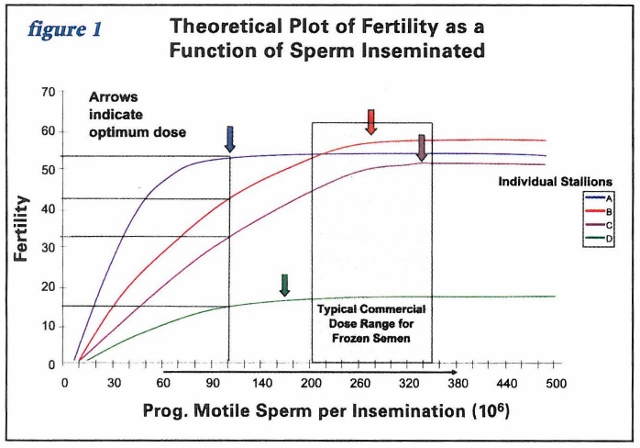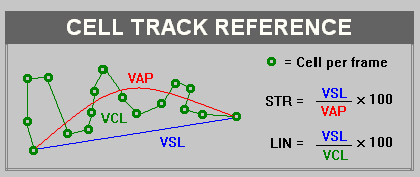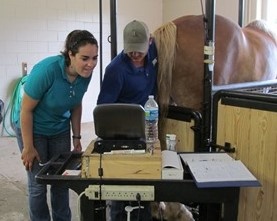
Timed artificial insemination (AI), programmed AI, one dose, two doses, deep horn insemination…what’s best for your mare? With the increased use of frozen semen and the trend towards commodity sales (by the dose with no guarantee) veterinarians have developed a variety of strategies when managing mares being bred with frozen semen. In this article, we discuss several options and which ones might be most appropriate for your situation.

